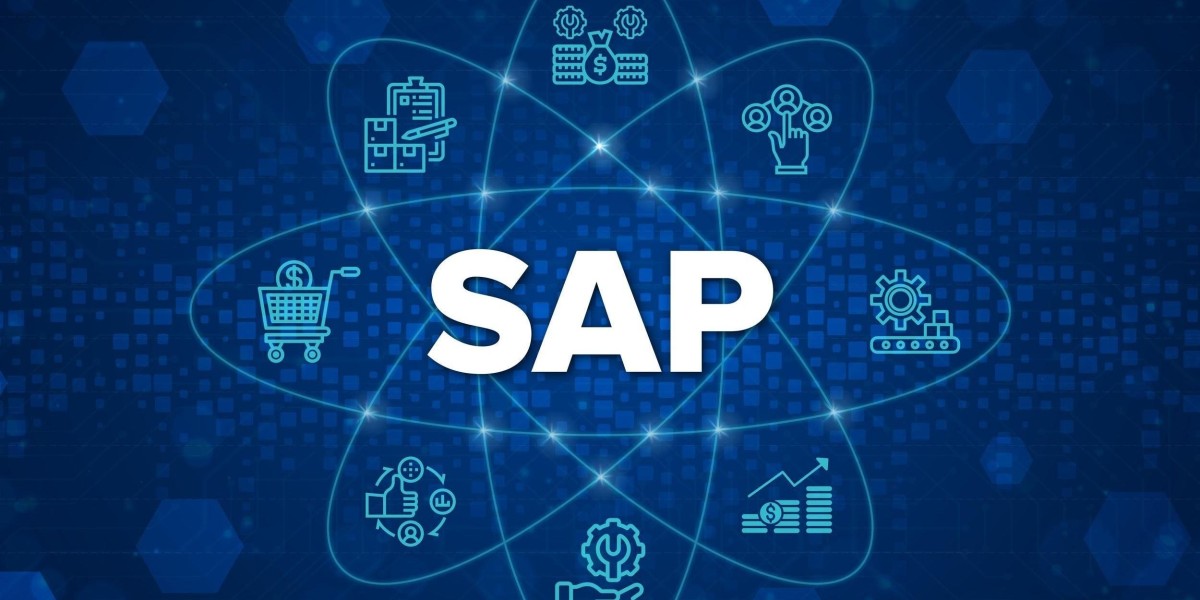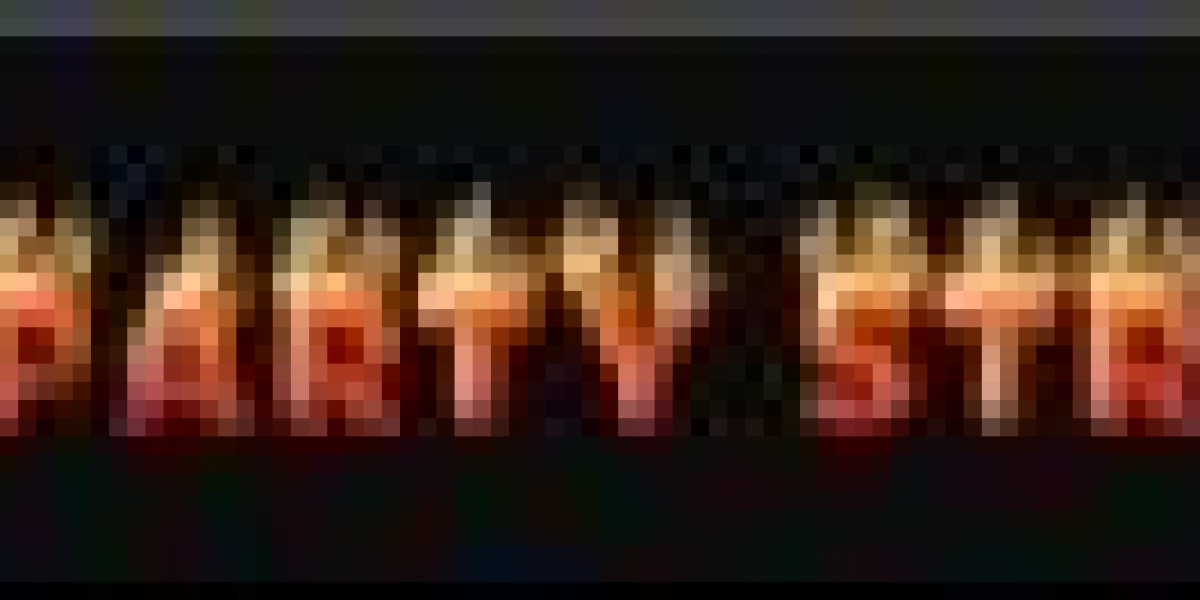The isothermal nucleic acid amplification technology market is undergoing a transformative surge, driven by the increasing demand for rapid, accurate, and cost-effective diagnostic solutions across infectious diseases, oncology, and genetic testing. Valued at USD 4.68 billion in 2023, the global INAAT market is forecasted to reach USD 13.57 billion by 2032, growing at an impressive CAGR of 12.40% from 2024 to 2032. This growth is underpinned by advancements in healthcare infrastructure, rising disease burdens, and technological innovations in molecular diagnostics.
What is Isothermal Nucleic Acid Amplification Technology?
Unlike the traditional polymerase chain reaction (PCR), which requires thermal cycling, isothermal amplification techniques enable DNA/RNA amplification at a constant temperature. This makes the process faster, more energy-efficient, and suitable for point-of-care (POC) and resource-limited settings. Key INAAT methods include LAMP (Loop-Mediated Isothermal Amplification), NASBA (Nucleic Acid Sequence-Based Amplification), and RCA (Rolling Circle Amplification), each offering unique benefits for specific diagnostic needs.
Stay Informed on Key Market Changes: Get a Sample Report! https://www.snsinsider.com/sample-request/6312
Key Market Drivers
- Surging Infectious Disease Incidence
The post-pandemic world has amplified the need for rapid, decentralized testing solutions. INAAT platforms provide fast and portable alternatives to traditional lab-based PCR testing, particularly in the detection of respiratory infections, STDs, tuberculosis, and malaria.
- Shift Toward Point-of-Care Diagnostics
As healthcare models shift toward decentralized care and home-based diagnostics, INAAT solutions are playing a crucial role due to their low power requirements, portability, and rapid turnaround time.
- Advancements in Molecular Diagnostic Techniques
Innovations in enzyme technology, reagent formulation, and miniaturized diagnostic instruments have increased the accuracy and affordability of INAAT methods, enhancing their appeal across hospitals, reference labs, and rural clinics.
- Regulatory and Governmental Support
Expedited regulatory clearances by agencies like the U.S. FDA and government investment in pandemic preparedness are actively boosting the market's growth trajectory.
Market Restraints
While the INAAT market presents significant opportunities, it also faces notable challenges:
- Limited awareness in developing countries
- Competition from well-established PCR and next-generation sequencing technologies
- Variability in sensitivity and specificity among different INAAT methods
- Higher R&D costs for novel enzyme systems
Opportunities and Challenges
Opportunities:
- Emergence of new infectious pathogens will necessitate adaptable, fast-response diagnostic platforms.
- Rural and under-resourced healthcare systems in Asia, Africa, and Latin America represent untapped market potential.
- Strategic collaborations between biotech startups and diagnostic giants can accelerate innovation and market reach.
- Integration with digital health tools, such as smartphone-based readers and cloud platforms, to provide real-time data and telehealth integration.
Challenges:
- Need for standardization across platforms for clinical accuracy and regulatory compliance.
- High dependency on cold chain logistics for reagent stability in some INAAT platforms.
- Skepticism in clinical adoption due to limited large-scale validation studies for newer techniques.
Contact Our Analyst to Alleviate Your Concerns! https://www.snsinsider.com/request-analyst/6312
Regional Insights
North America: Dominating the Market
With a 42.24% market share in 2023, North America remains the epicenter of INAAT innovation and adoption. This dominance is attributed to:
- A robust healthcare ecosystem.
- Strong presence of global players like Abbott Laboratories, Hologic, and Thermo Fisher Scientific.
- Expedited U.S. FDA approvals for molecular tests.
- Rising incidence of STDs and respiratory illnesses.
- Heavy investments in biodefense and home-based testing kits.
Asia Pacific: The Fastest Growing Market
Asia Pacific is poised to be the fastest-growing region with a 13.03% CAGR during the forecast period. Key growth drivers include:
- Expanding healthcare access and insurance coverage.
- High prevalence of diseases like TB, malaria, and emerging viral infections.
- Increasing government investment in rural diagnostic infrastructure.
- Rapid growth in biotech startups innovating low-cost INAAT kits.
- Strategic partnerships between global diagnostic companies and regional manufacturers.
Countries such as India, China, and Japan are leading in R&D and adoption of portable diagnostic platforms.
Market Segmentation
The INAAT market is segmented across product types, technologies, applications, and end-users:
By Product:
- Instruments
- Reagents (dominating segment due to recurring usage)
By Technology:
- LAMP, NASBA, RCA, TMA, NEAR, SPIA, SDA, HDA, RPA, SMAP2, and others.
Among these, LAMP and NASBA have seen the highest adoption due to their efficiency and lower costs.
By Application:
- Infectious Disease Diagnostics (largest segment)
- Blood Screening
- Cancer
- Others (genetic disorders, food safety, etc.)
By End-use:
- Hospitals
- Central and Reference Laboratories
- Others (home-based testing, mobile diagnostics)
Competitive Landscape
The global INAAT market is marked by intense competition and continuous innovation. Leading players include:
- Abbott Laboratories
- Hologic, Inc.
- Thermo Fisher Scientific
- bioMérieux SA
- New England Biolabs
- Eiken Chemical Co.
- BD (Becton, Dickinson and Company)
- Lucira Health
- Molbio Diagnostics
- Promega Corporation
- Twist Bioscience
- Genedrive plc
- QuantuMDx Group
- Atila BioSystems
These companies are focused on:
- R&D investments for novel enzyme systems.
- Strategic partnerships and M&As.
- Expanding production capabilities in emerging markets.
- Digital integration with AI-based interpretation tools.
Final Thoughts
The Isothermal Nucleic Acid Amplification Technology Market is no longer just a niche subset of molecular diagnostics—it is a pivotal solution for rapid, decentralized, and efficient testing, especially in the wake of global infectious threats and the push for democratized healthcare.
As the world becomes more reliant on portable, fast, and affordable diagnostics, INAAT-based tools will continue to gain momentum, especially in underserved and high-risk populations. The integration of INAAT platforms into routine clinical workflows, mobile health, and telemedicine promises a future where accurate diagnostics are accessible to all, regardless of geography or resources.







